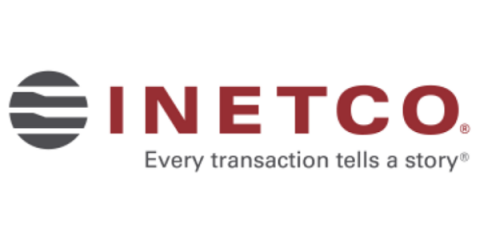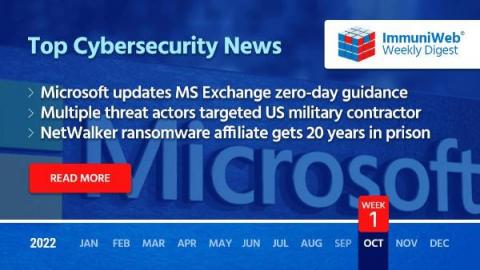DDoS Attacks in the Financial Industry: How to Protect Your Infrastructure and Payments
While Distributed Denial of Service (DDoS) attacks have been around for over a decade, they still continue to evolve and escalate, particularly during 2022. The tense geopolitical situation caused by the Russian invasion of Ukraine has affected the nature and intensity of these types of attacks, making states official participants in the DDoS mitigation market.










